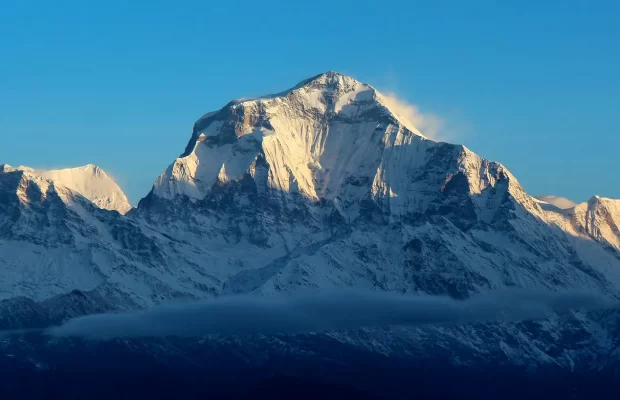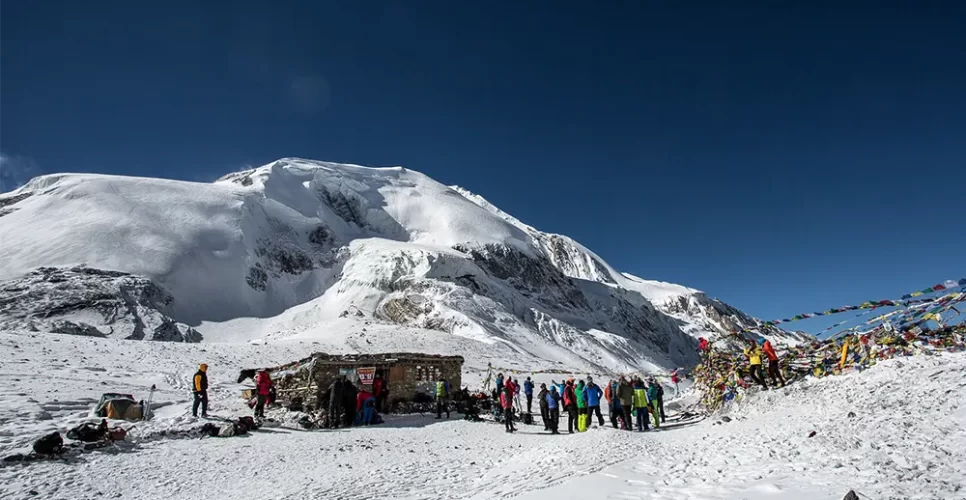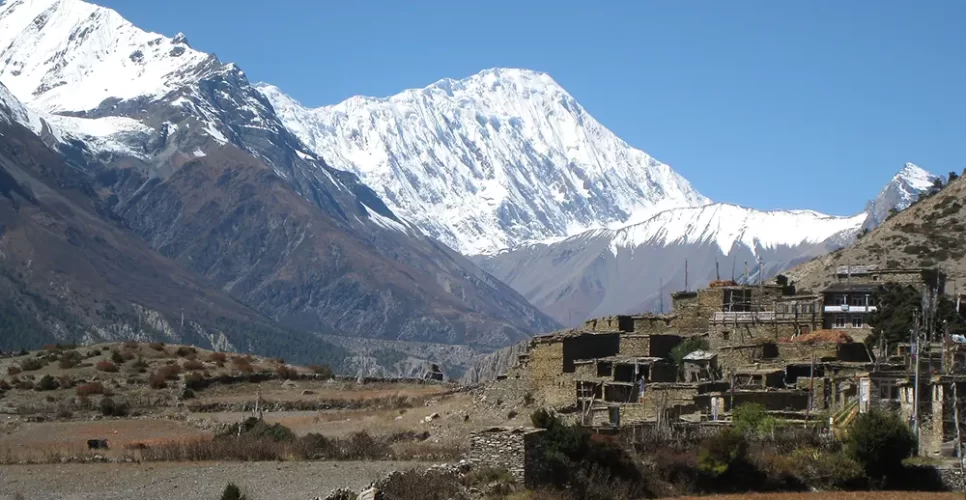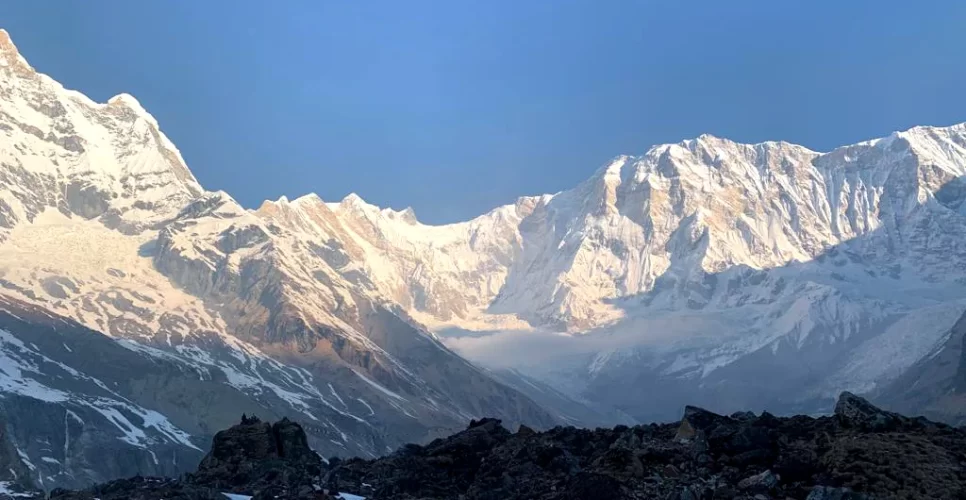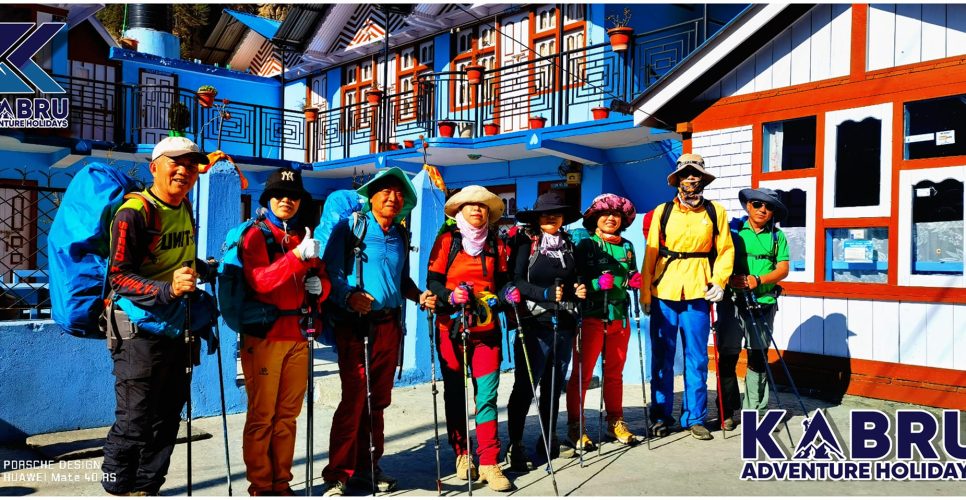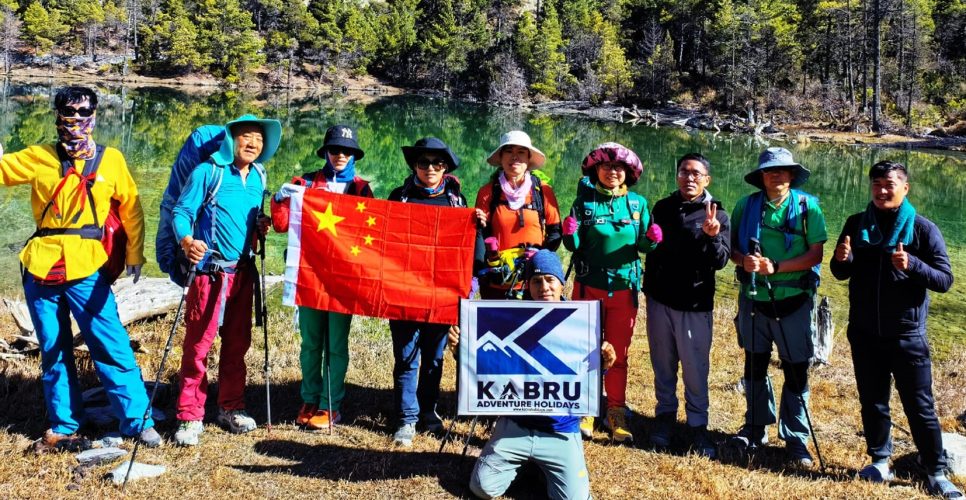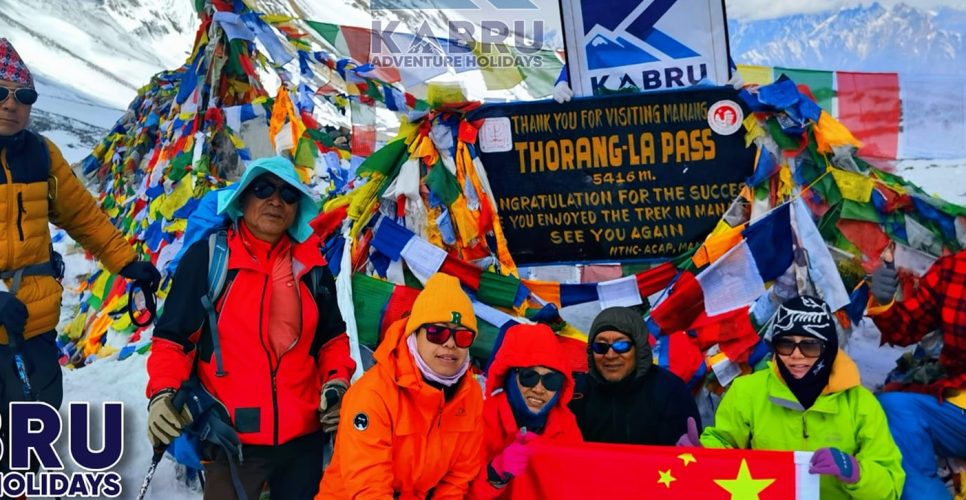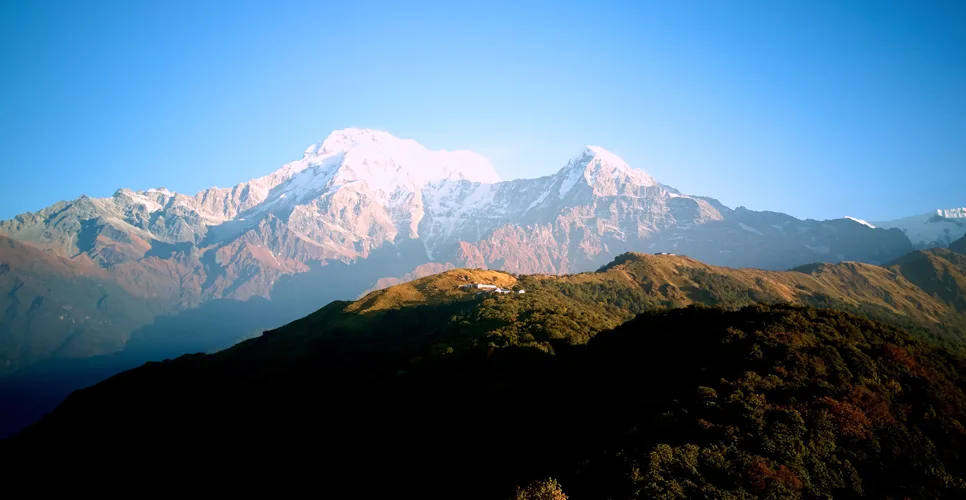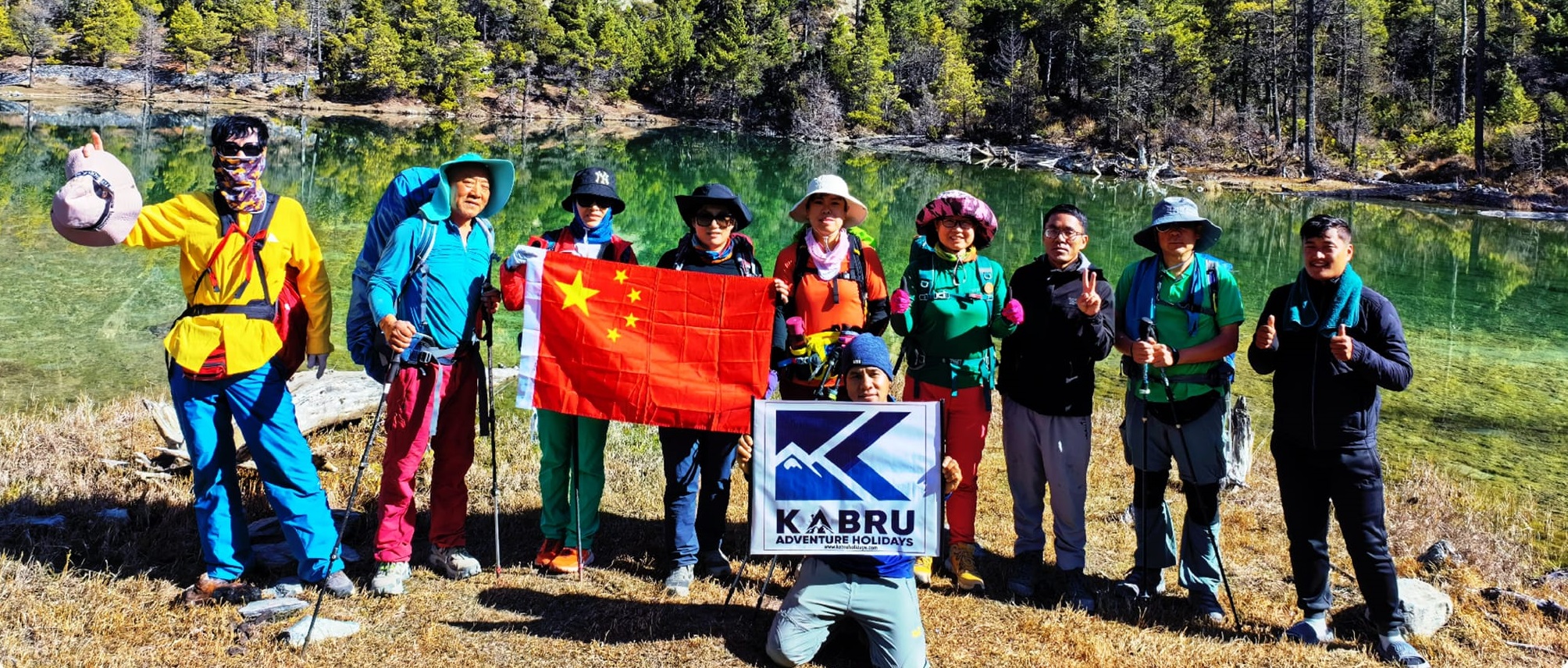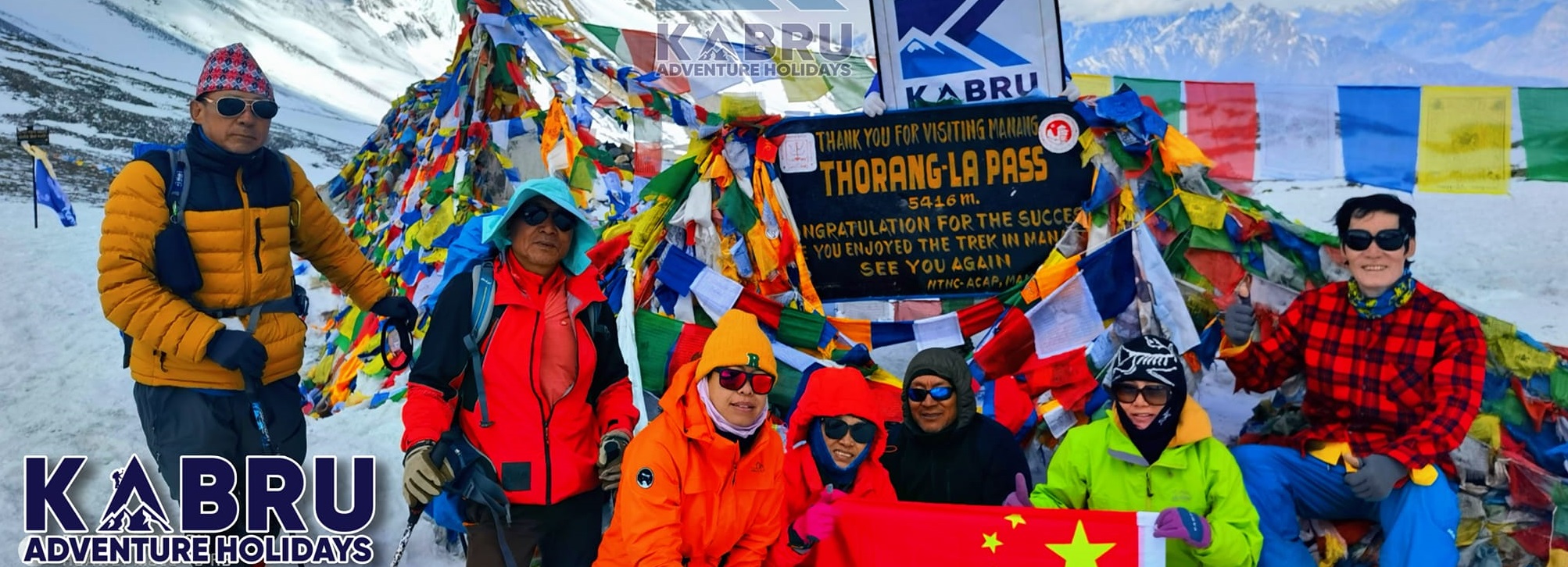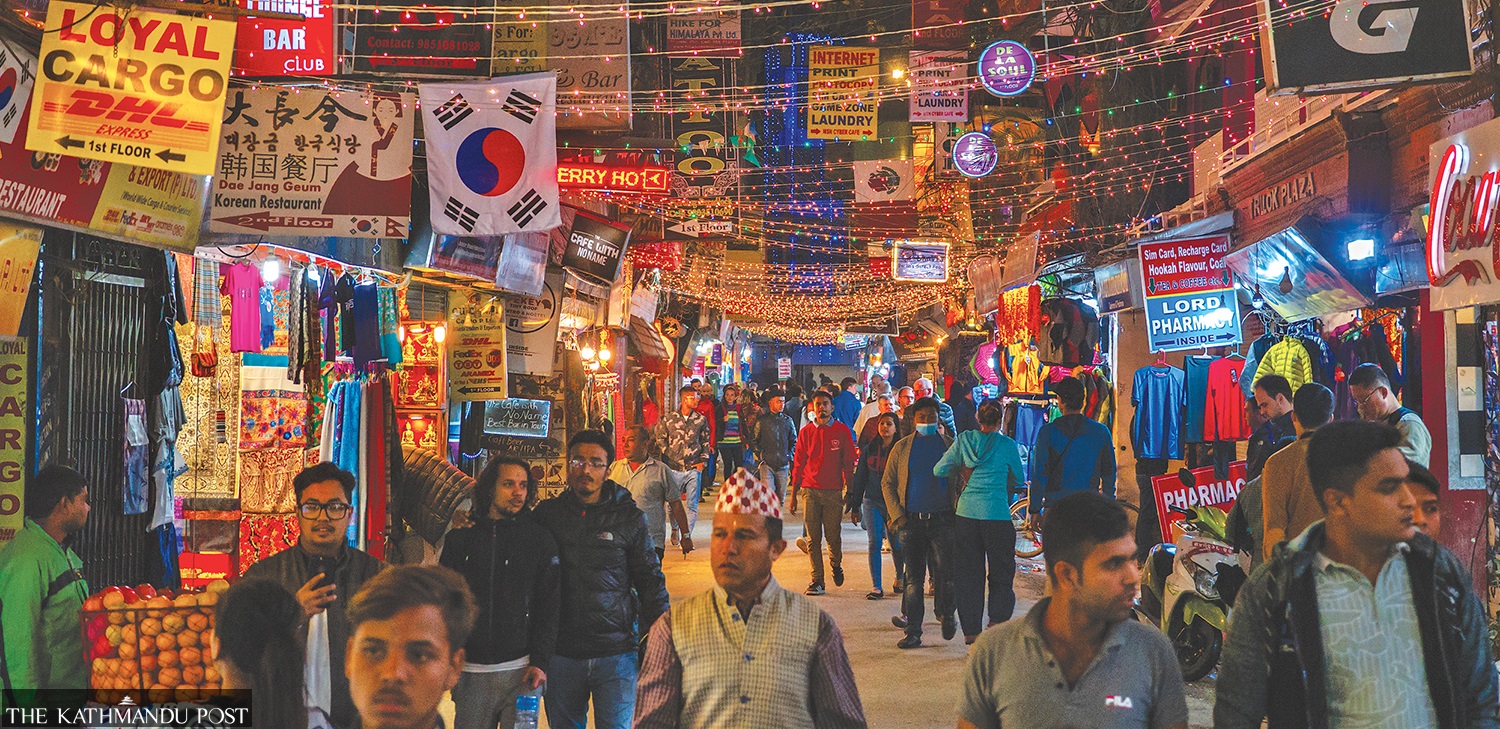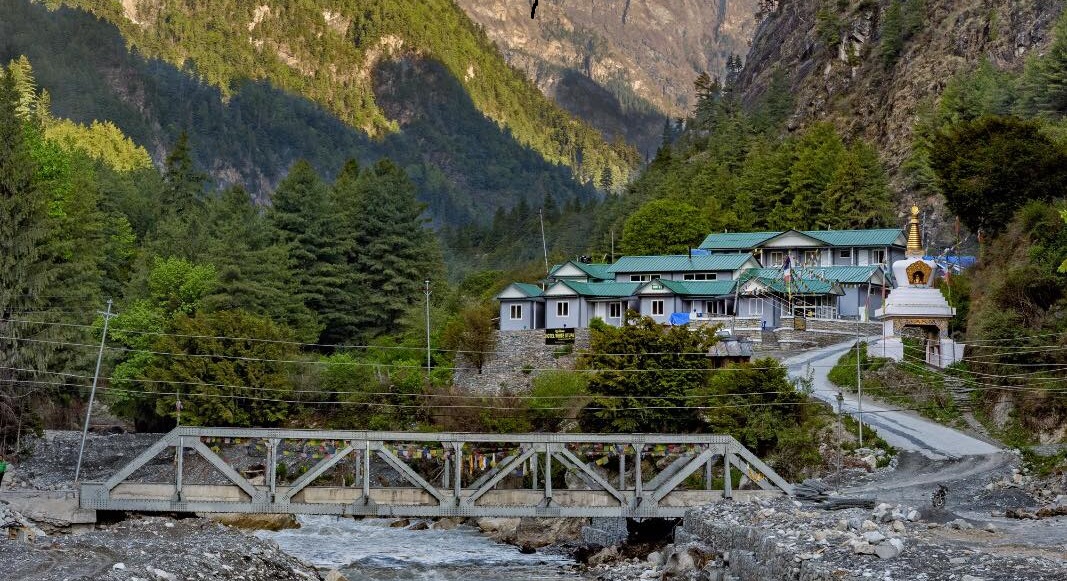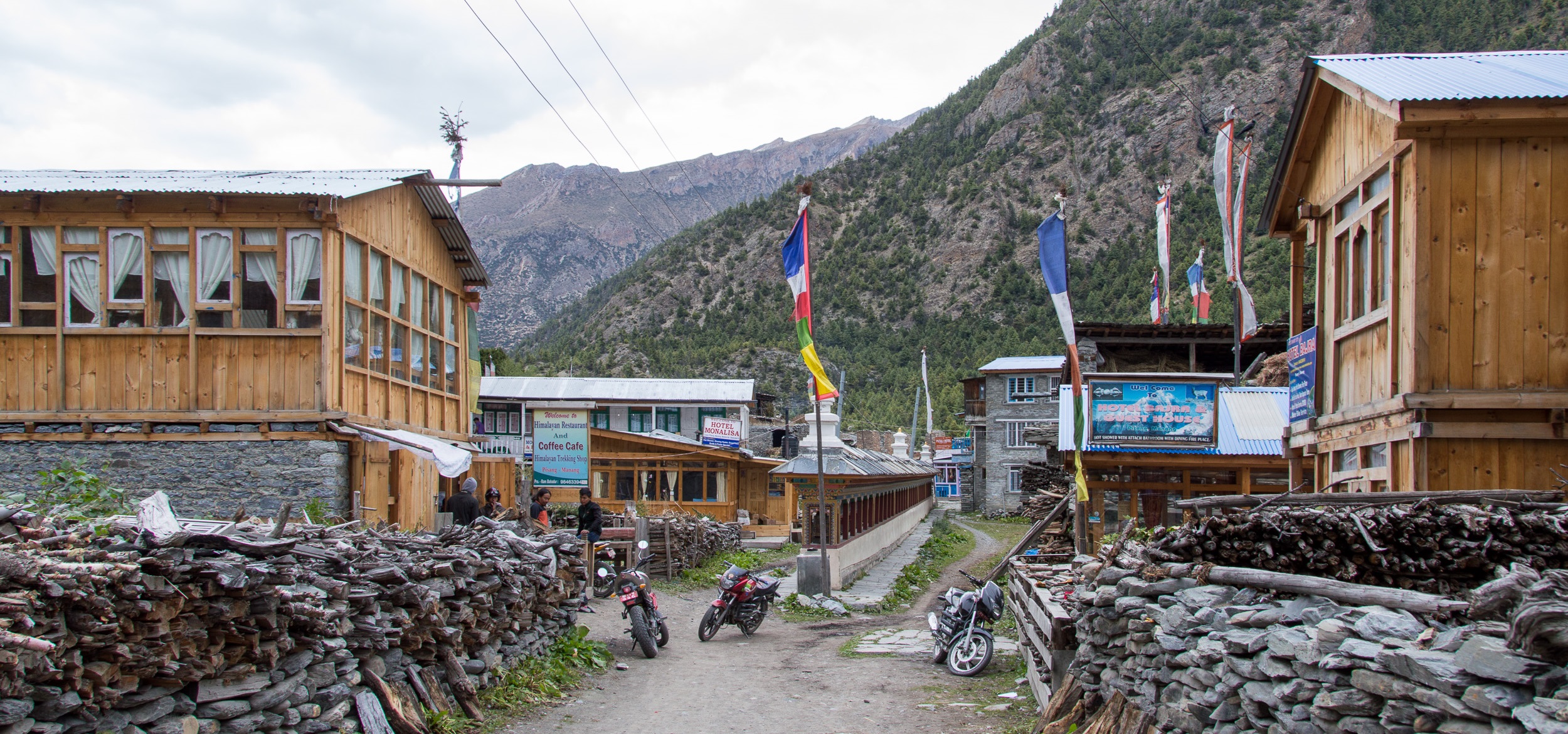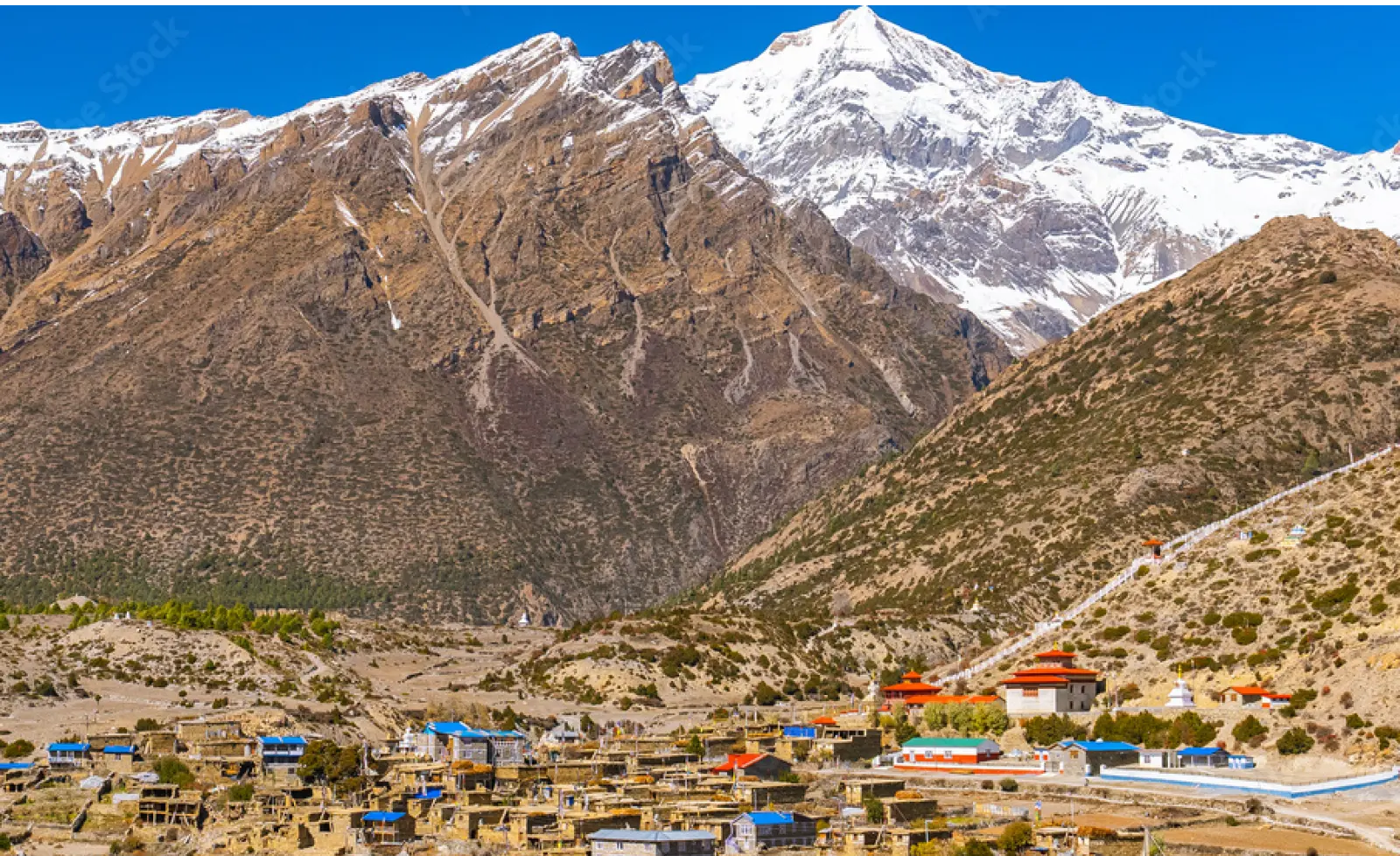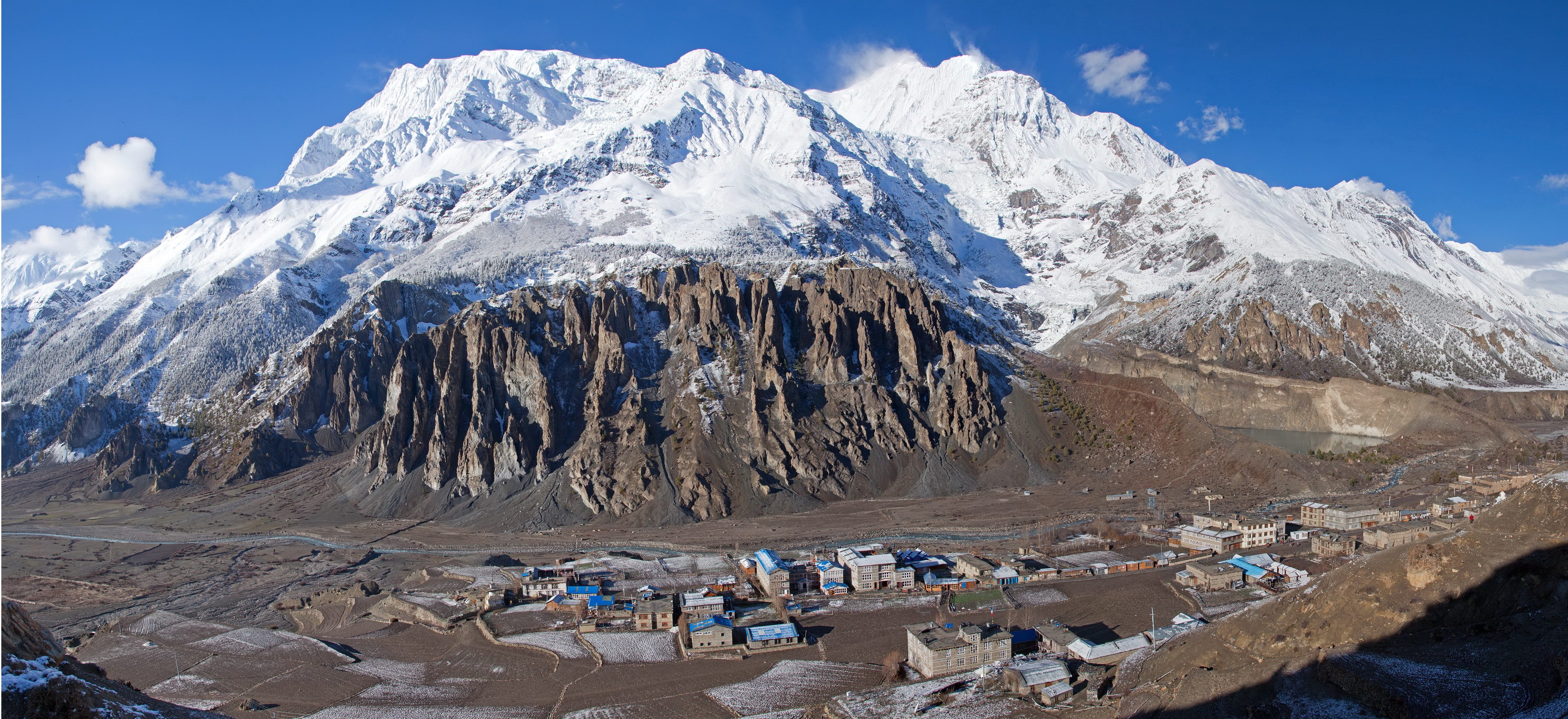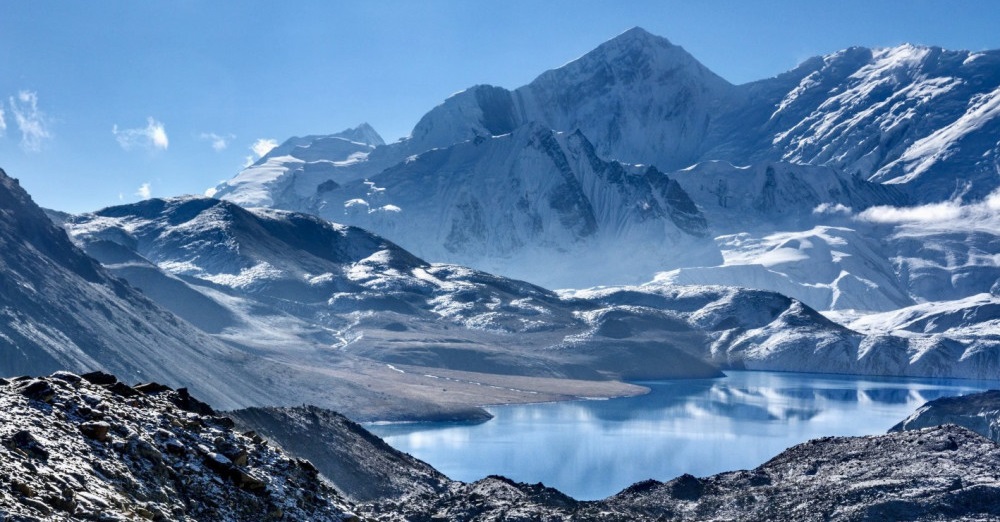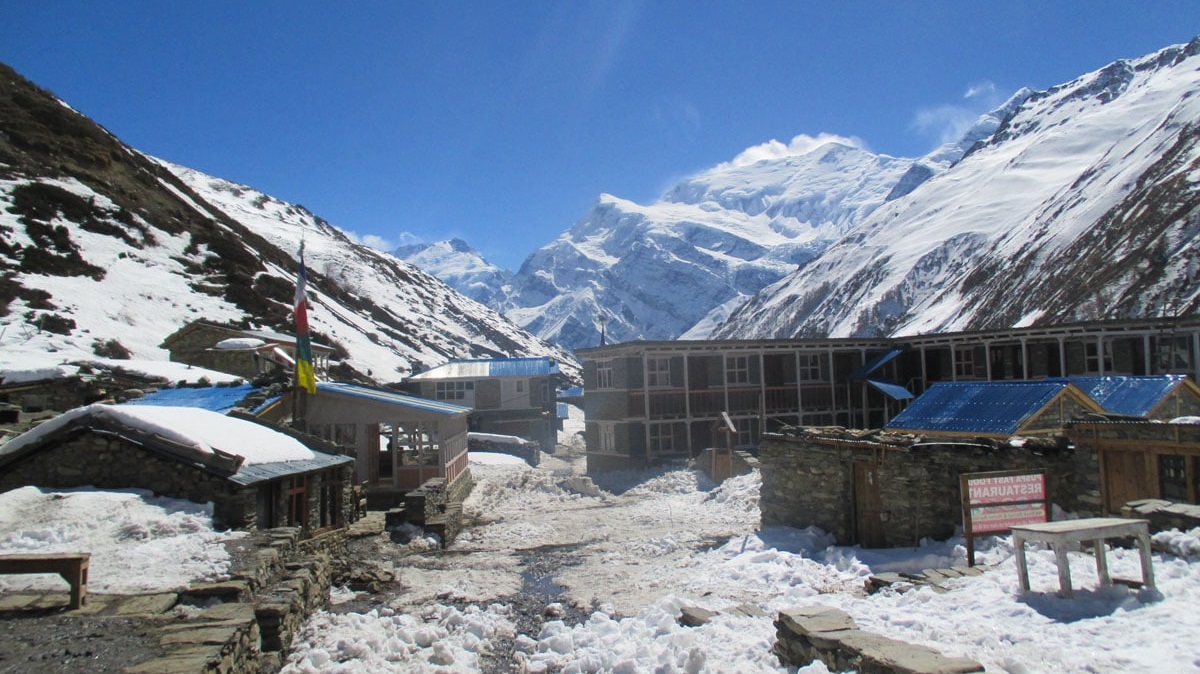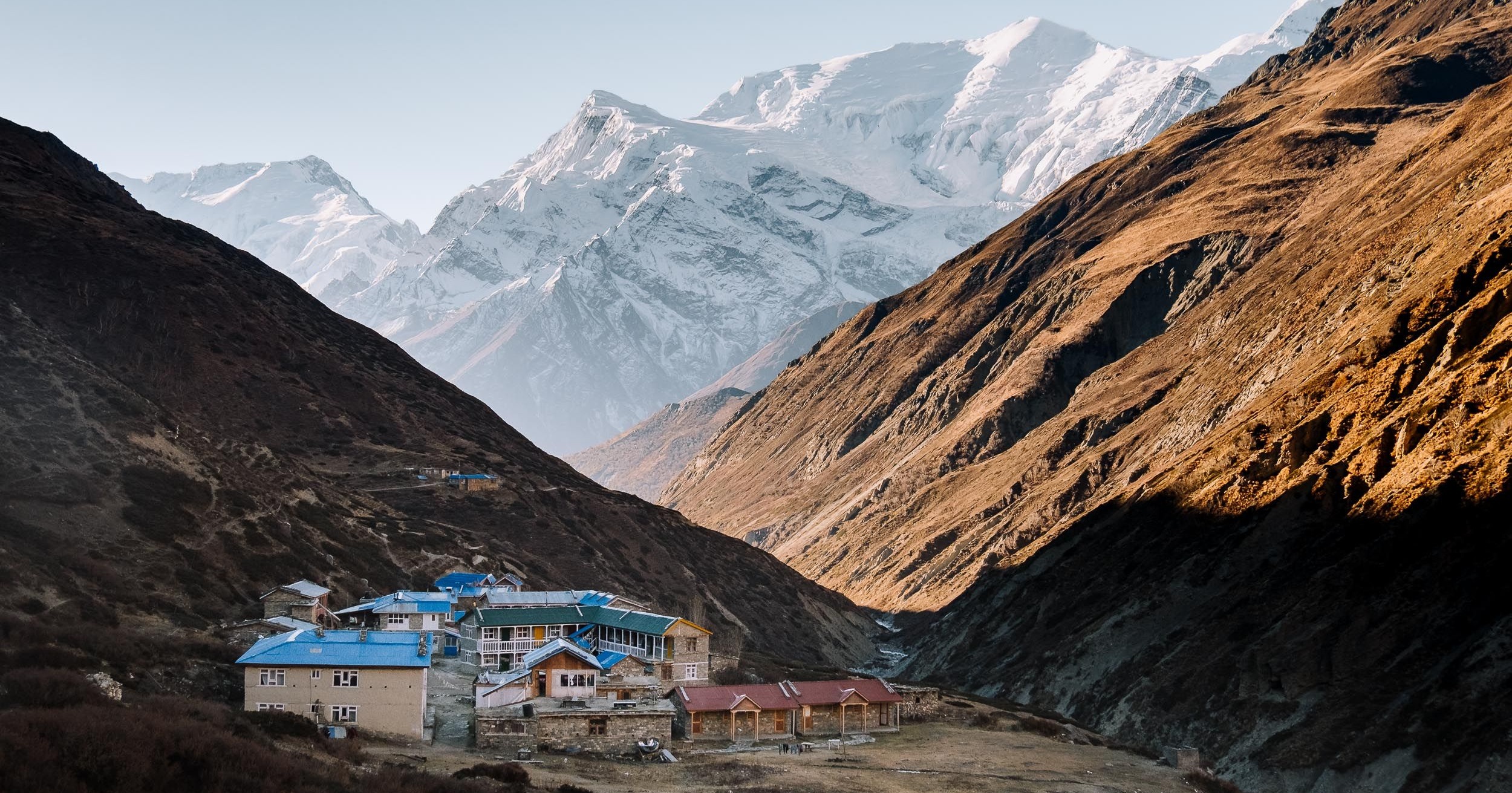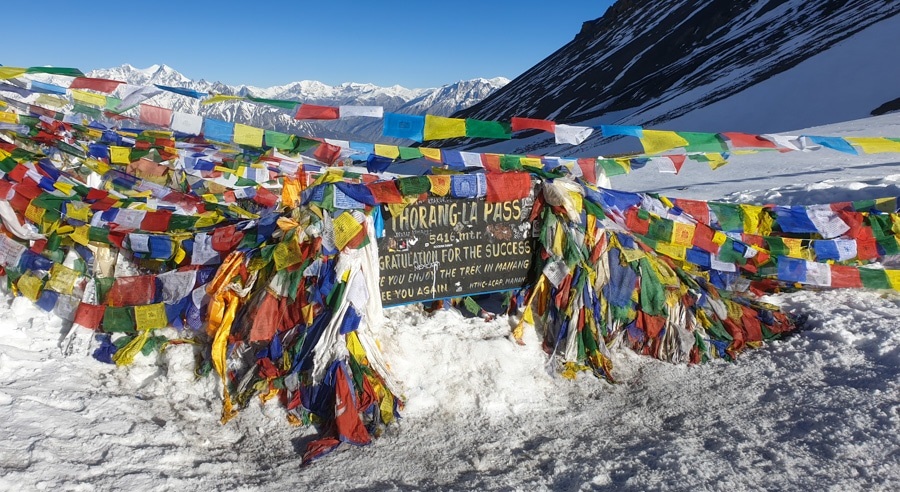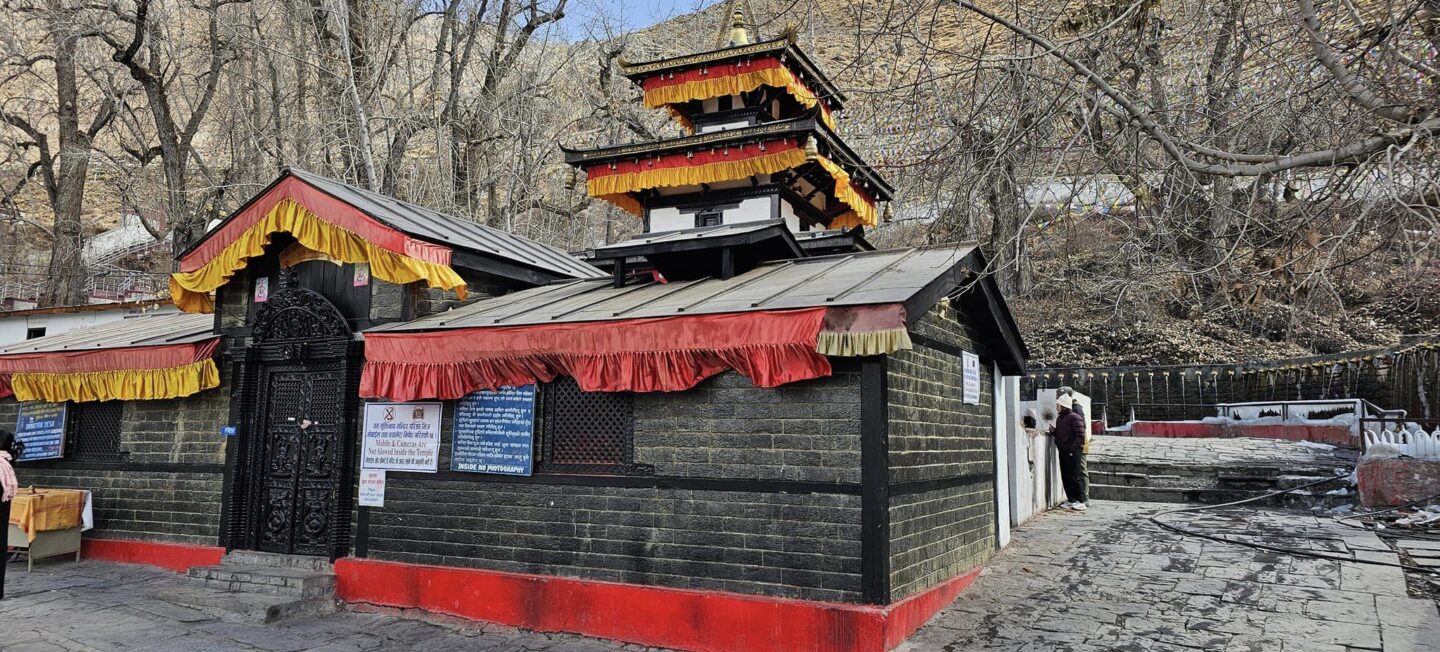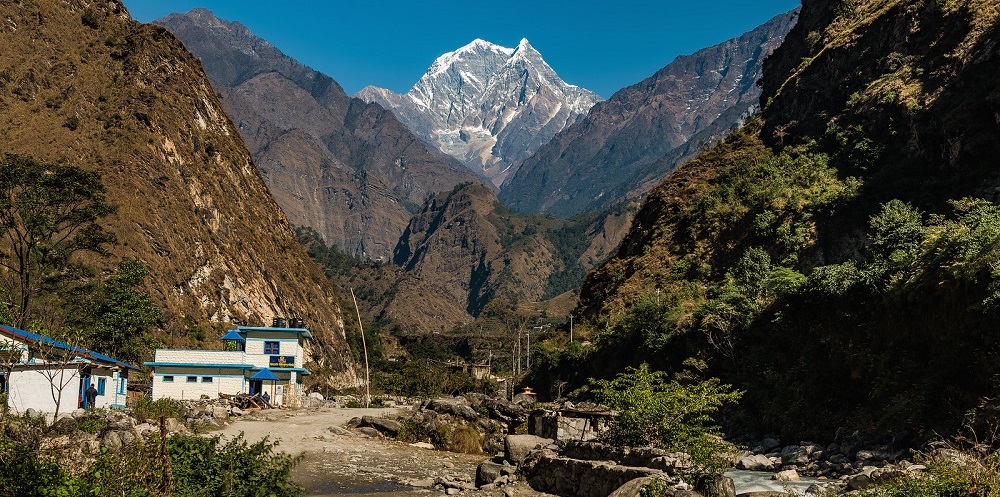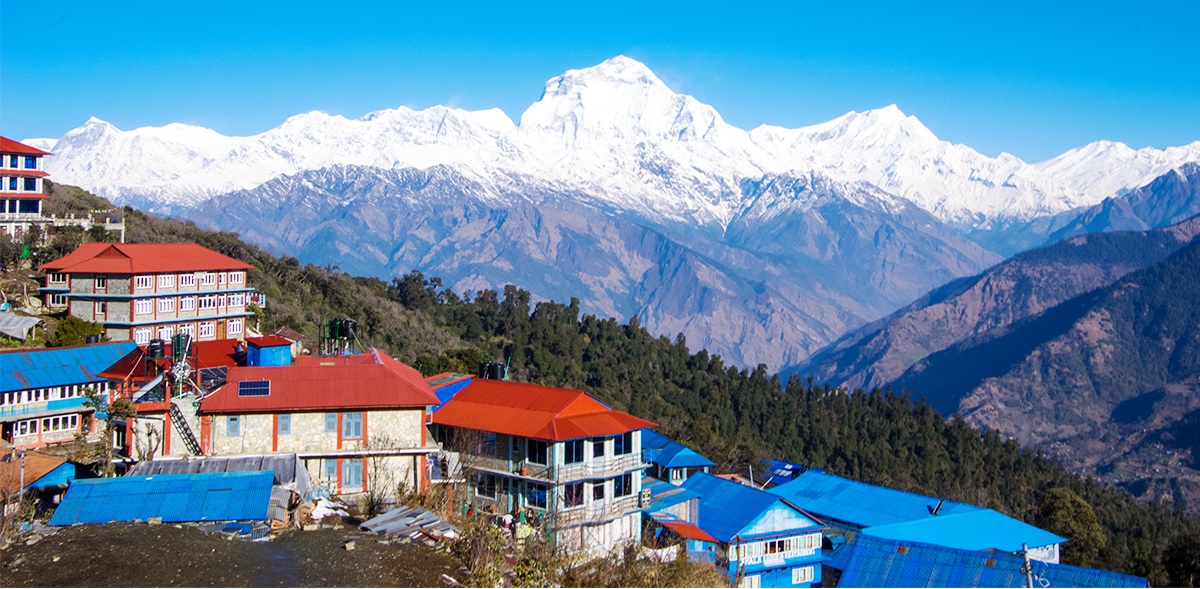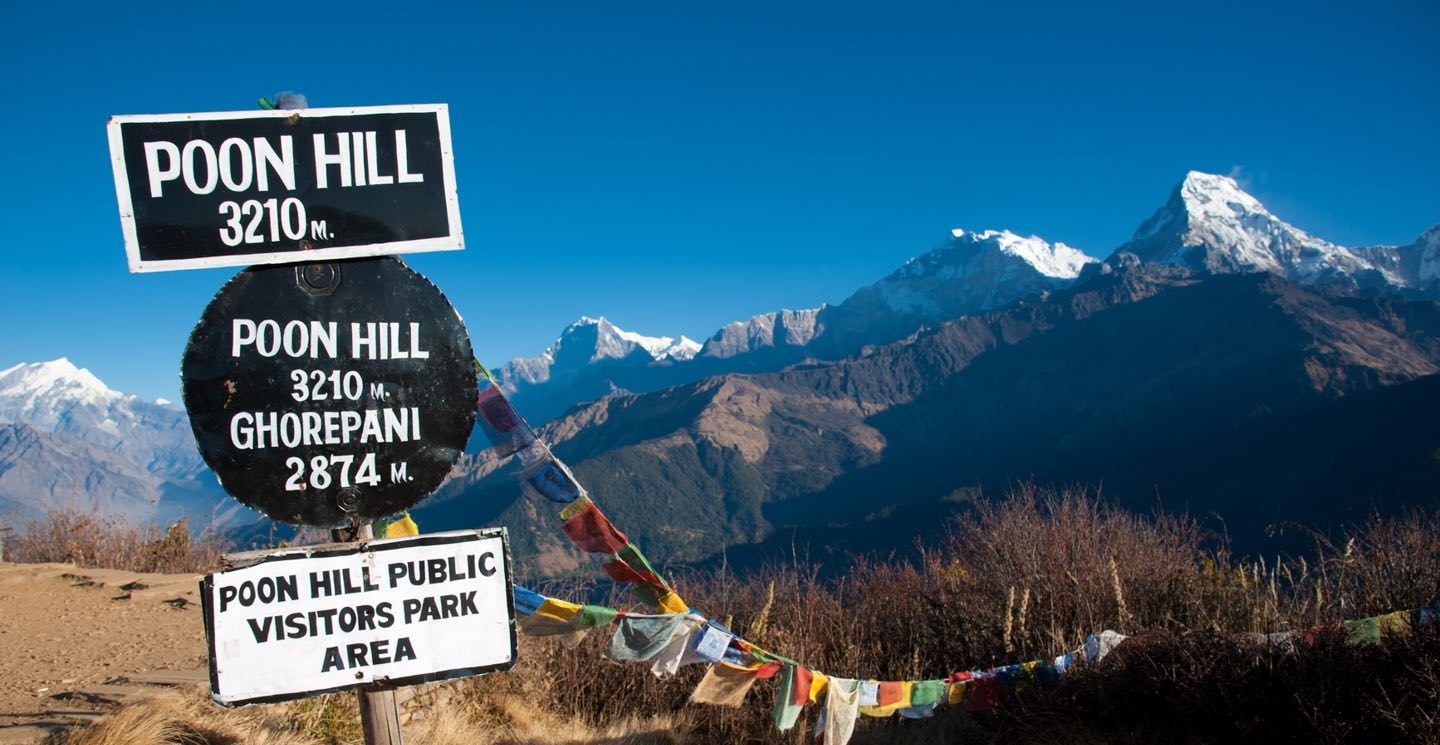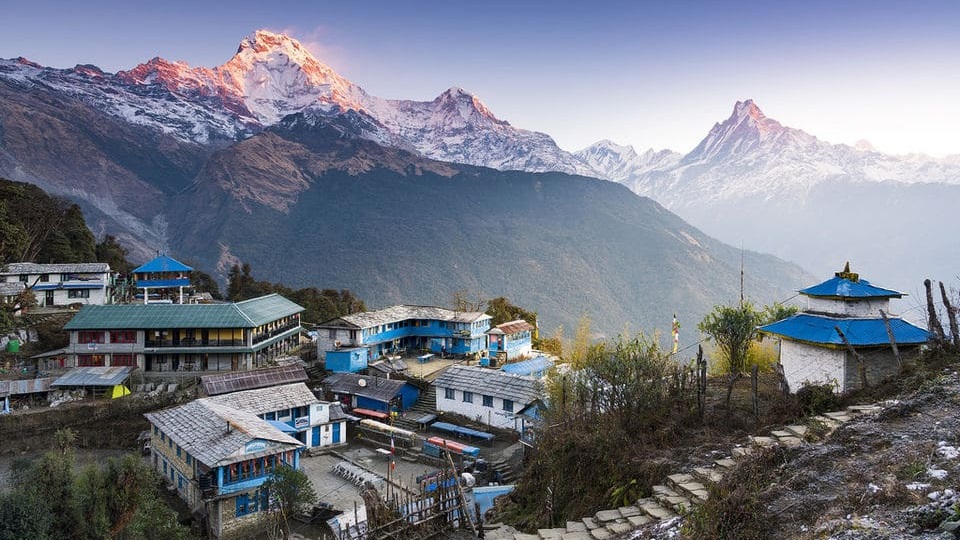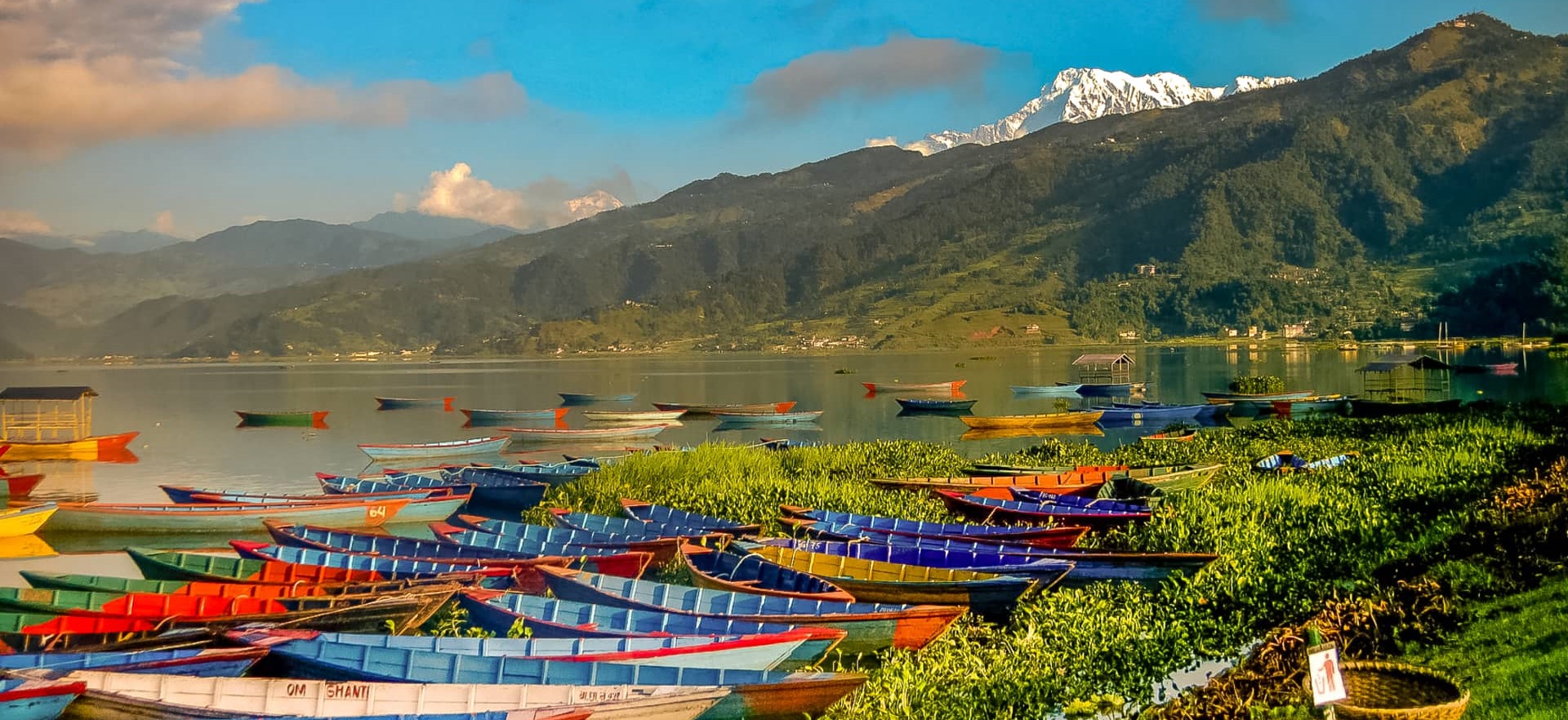Annapurna Circuit Trekking – 17 Days
Group Discounts |
|
| 1 Pax. | US$ 1550 PP |
|---|---|
| 2-4 Pax. | US$ 1480 PP |
| 5-7 Pax. | US$ 1450 PP |
| 8-10 Pax. | US$ 1380 PP |
| 11-14 Pax. | US$ 1350 PP |
| Over 15 Pax. | US$ 1290 PP |
Annapurna Circuit Trekking Highlights
Experience the awe-inspiring beauty of the Annapurna Circuit with Kabru Adventure Holiday. Our trek will take you to all the highlights, from stunning mountain vistas, picturesque villages, and monasteries to majestic waterfalls. Get ready for an unforgettable journey that you will remember for a lifetime!
- With experienced guides, traverse the path leading to famous views of Mt. Annapurna, Dhaulagiri, Machhapuchhre, and more.
- Trek through a variety of terrain for a truly unique experience that only Kabru Adventure Holiday can offer.
- Visit iconic landmarks such as Thorong La Pass and Muktinath Temple for a truly unique experience.
- Enjoy the convenience of a professional guide and all the necessary amenities to ensure your trek is safe and enjoyable.
- Immerse yourself in local culture, taste delicious traditional Nepalese cuisine and make unforgettable memories.
Most Asked Questions by Travellers
The best time for the Annapurna Circuit Trek is during the spring (March to May) and autumn (September to November) seasons. These months offer clear skies, moderate temperatures, and stable weather, providing the best trekking conditions and spectacular views of the mountains.
The Annapurna Circuit Trek is considered moderately difficult. While it does not involve technical climbing, the trek involves long days of walking on rugged terrain, steep ascents, and descents. The highest point of the trek is Thorong La Pass (5,416 meters), so physical fitness and acclimatization are key to success.
Altitude sickness is a common concern for trekkers at high altitudes, particularly when crossing Thorong La Pass. Symptoms include headaches, nausea, dizziness, and shortness of breath. To prevent altitude sickness, acclimatization is crucial. We recommend spending a rest day in Manang and following a slow and steady trekking pace. Drinking plenty of fluids and carrying medications like Diamox can also help.
The Annapurna Circuit Trek lasts for 17 days. This duration allows for proper acclimatization, giving trekkers the best chance to reach the highest points safely and enjoy the trek at a comfortable pace. The trek covers a distance of approximately 160-230 km, depending on the chosen route.
Accommodation on the Annapurna Circuit Trek varies from basic teahouses to more comfortable lodges in the larger villages. These teahouses provide essential amenities, including a bed, blanket, and shared bathroom. Meals are served in dining rooms where trekkers can enjoy traditional Nepali food like dal bhat and momo.
The teahouses along the Annapurna Circuit serve three meals a day. You will typically find a variety of traditional Nepali dishes like dal bhat (lentils, rice, and vegetables), momo (dumplings), pasta, soups, and bread. The food is nutritious and provides the necessary energy for trekking. However, we advise avoiding raw salads and unboiled water to prevent stomach issues.
While it is technically possible to trek the Annapurna Circuit without a guide, we highly recommend hiring a licensed guide for safety and convenience. A guide not only helps with navigation and local culture but also manages altitude sickness risks and provides emergency assistance when needed. Additionally, some areas require permits that are best arranged through a licensed guide.
Yes, you will need to bring personal trekking gear, such as proper trekking boots, warm clothes, a sleeping bag, a water bottle, and a rain jacket. However, you can rent some of the equipment (like sleeping bags, jackets, and trekking poles) in Kathmandu or Pokhara. It’s advisable to pack light and only carry essential items.
Yes, Kabru Adventure Holidays offers helicopter services from any location along the trek, including Muktinath or Jomsom, to Pokhara for trekkers who are unable to complete the trek due to health issues, time constraints, or other reasons. In case of an emergency, we also provide helicopter rescue services, ensuring a swift and safe evacuation.
To trek the Annapurna Circuit, you will need two essential permits:
- Annapurna Conservation Area Permit (ACAP)
- Trekkers’ Information Management System (TIMS) card



